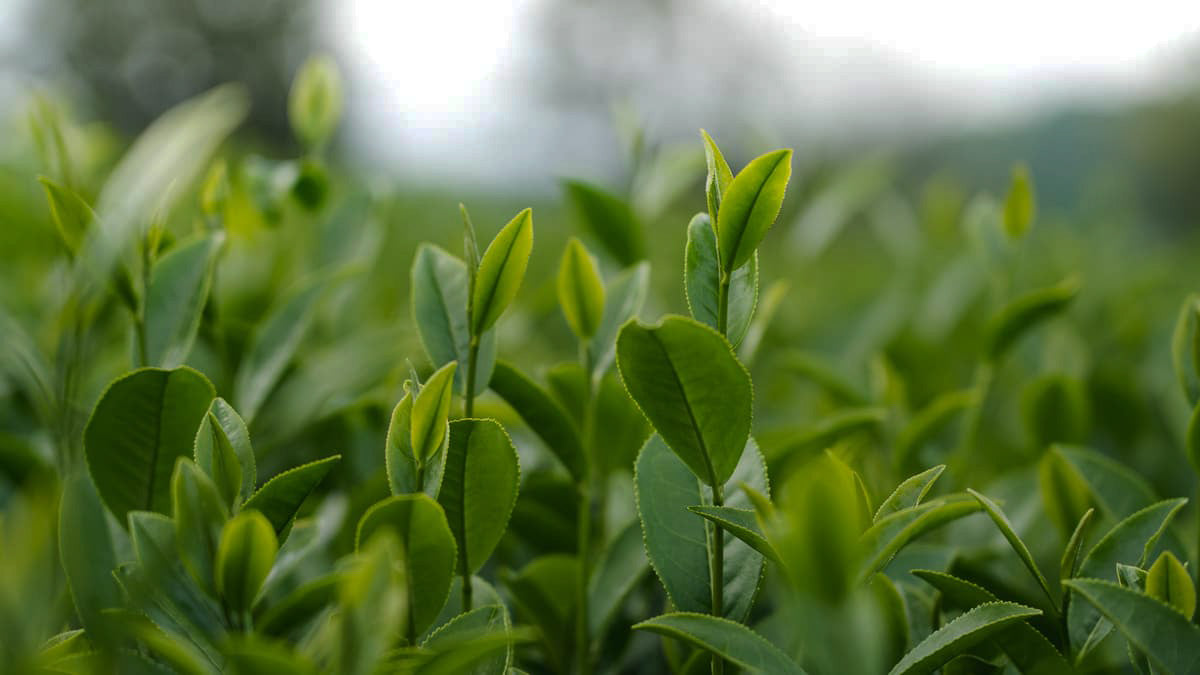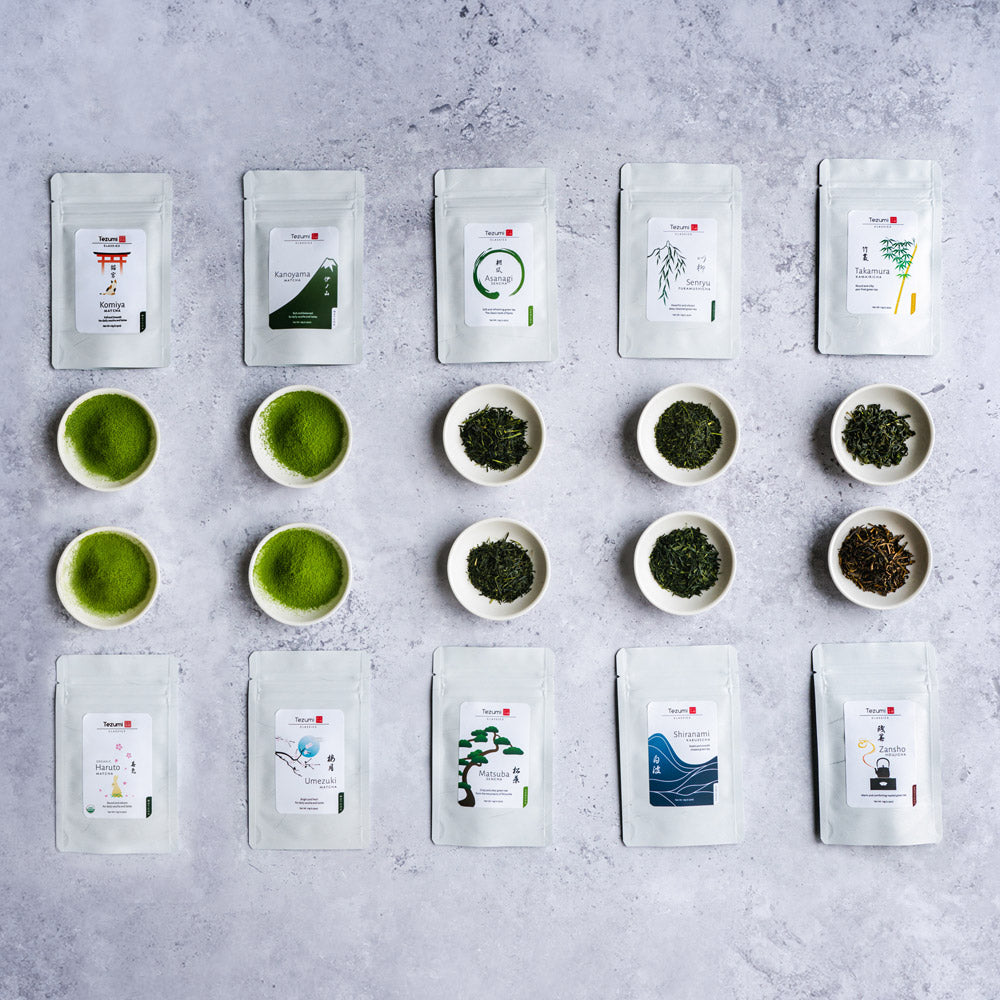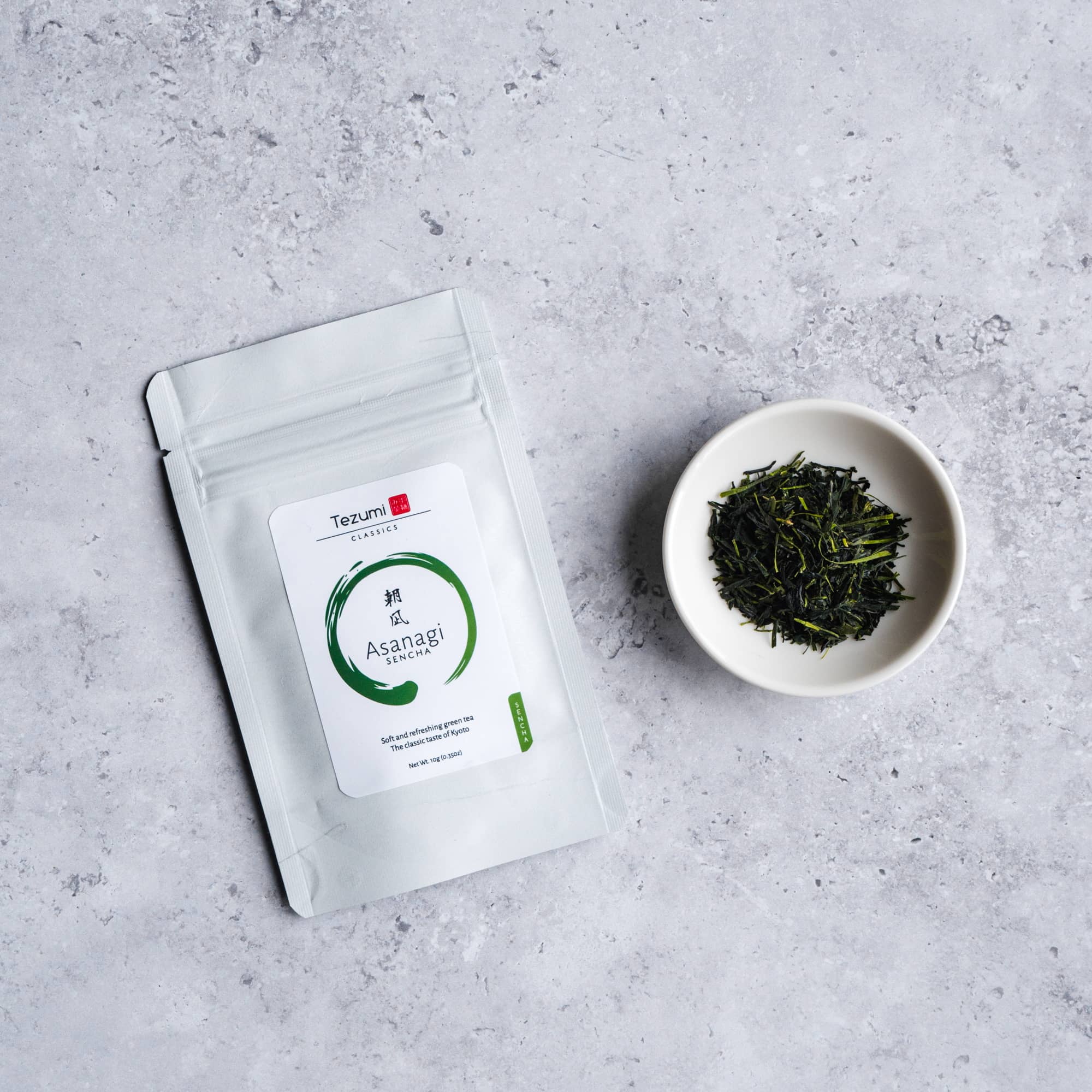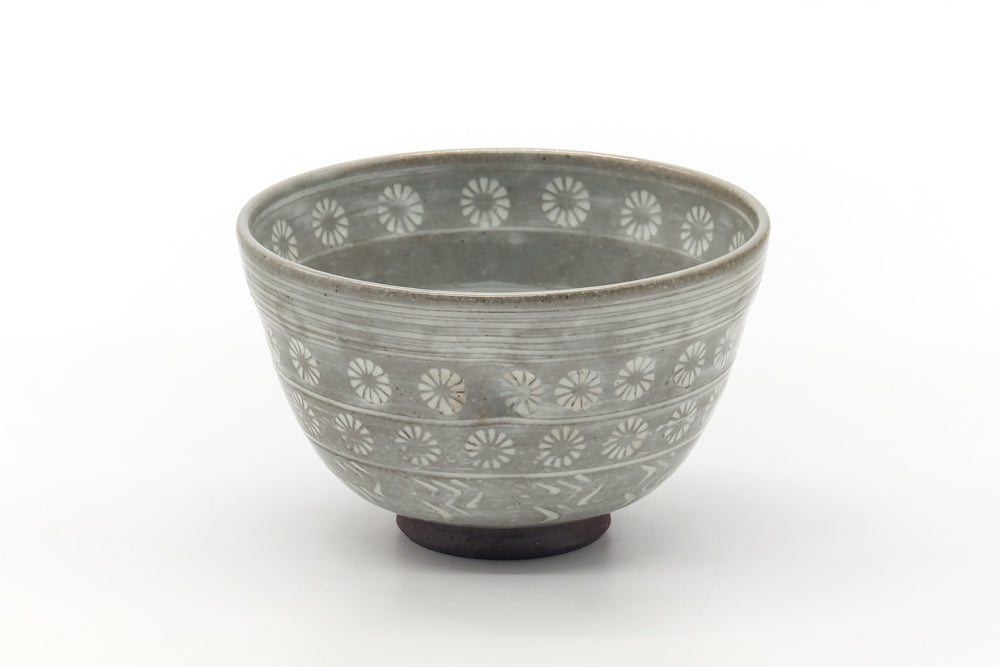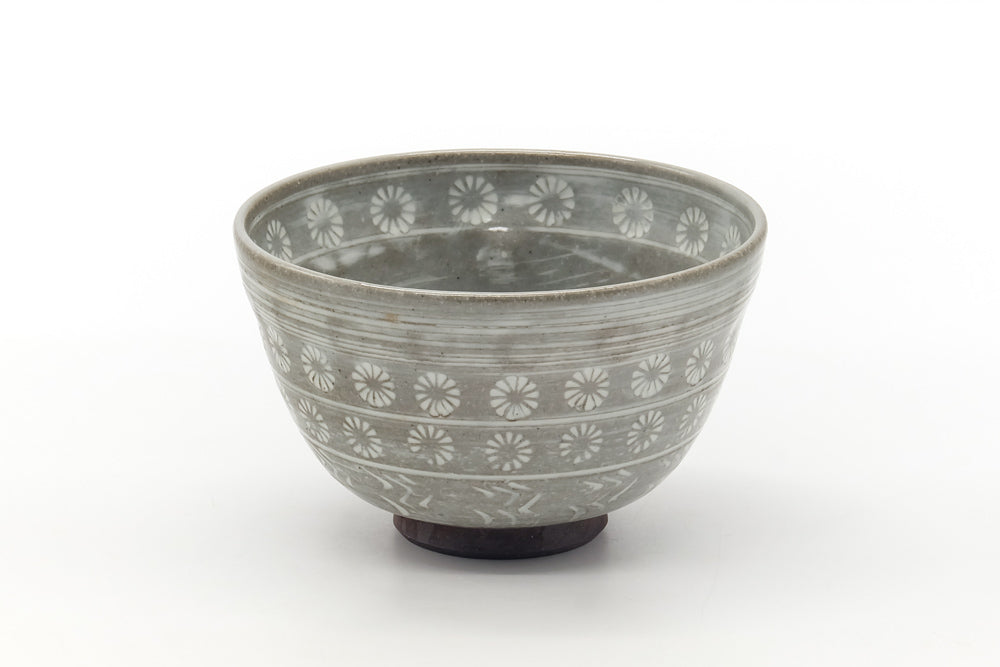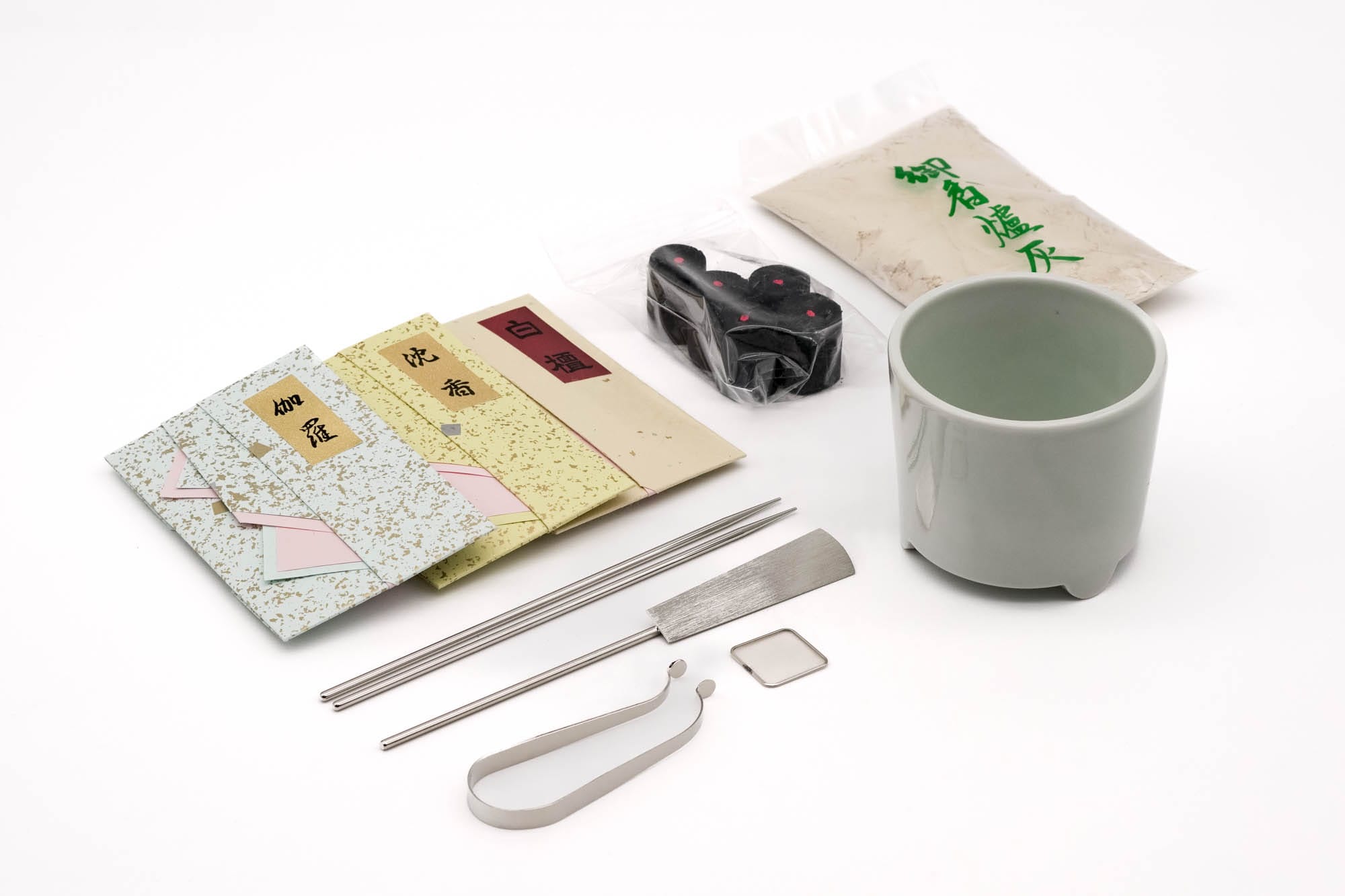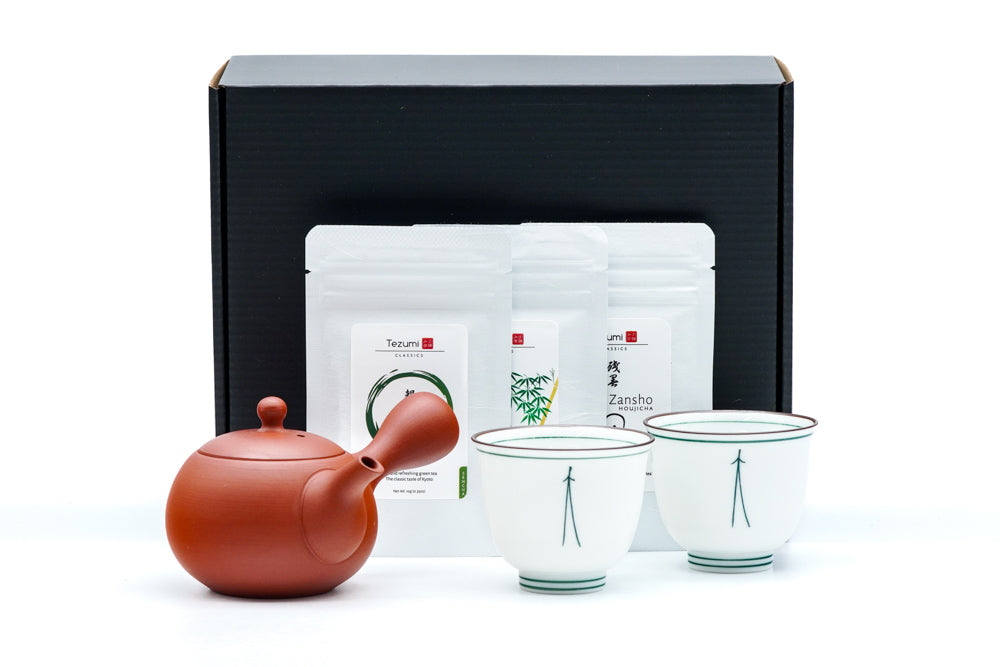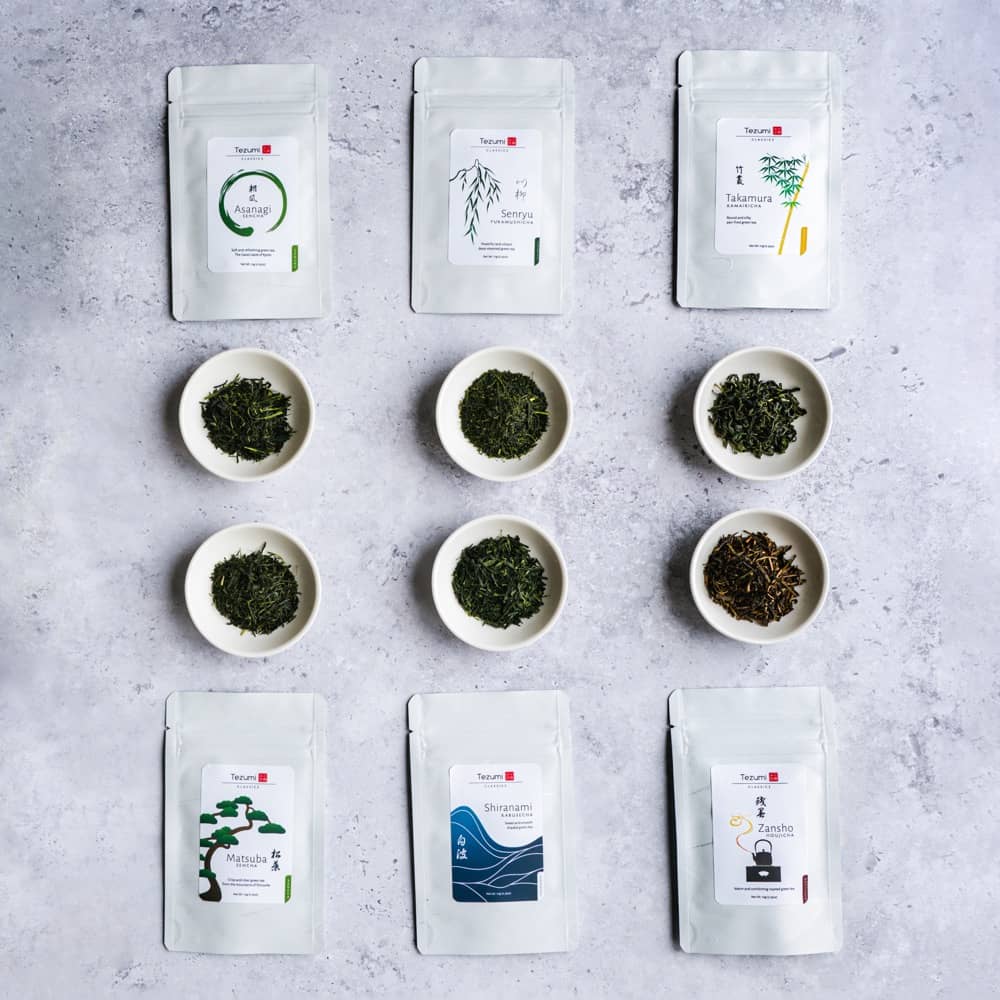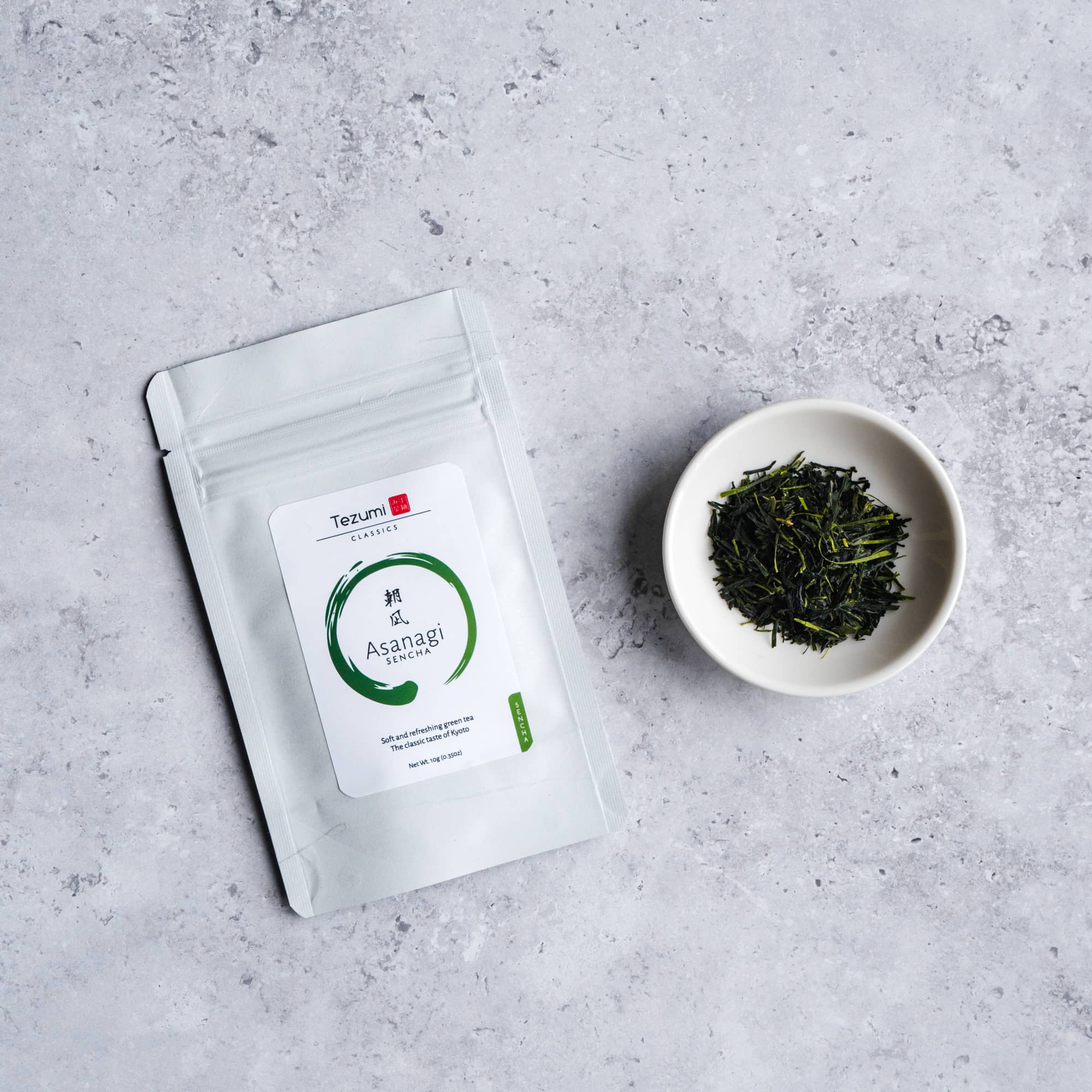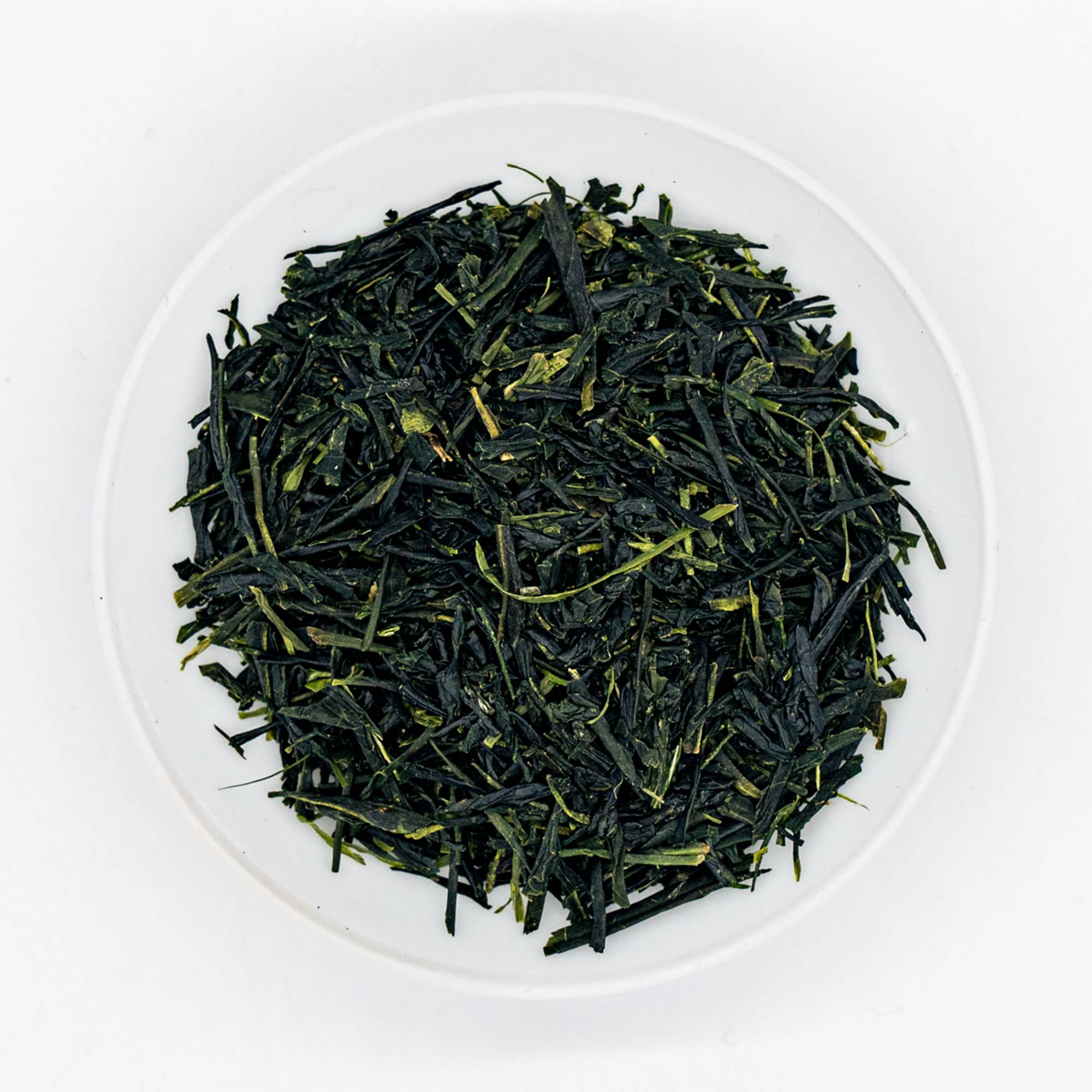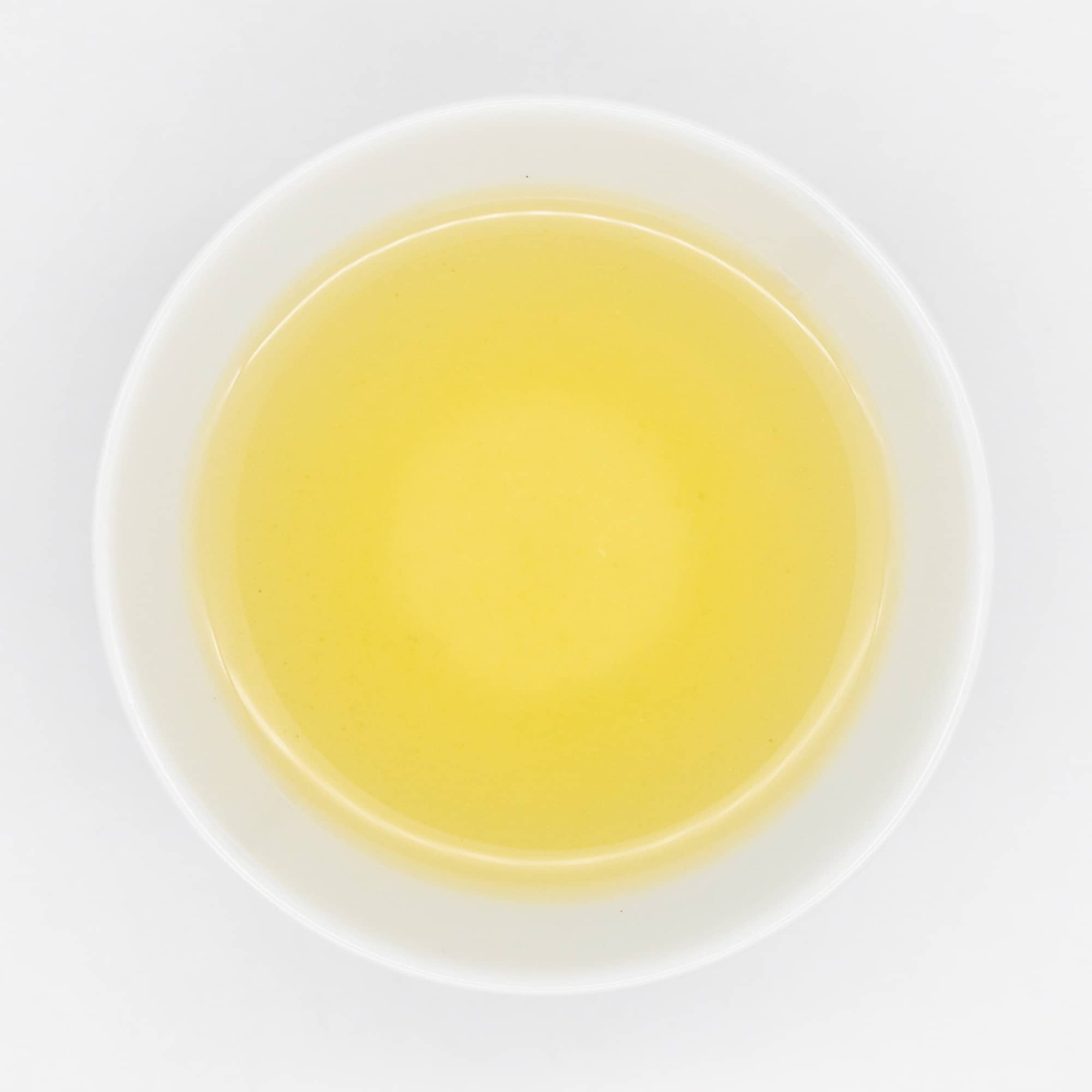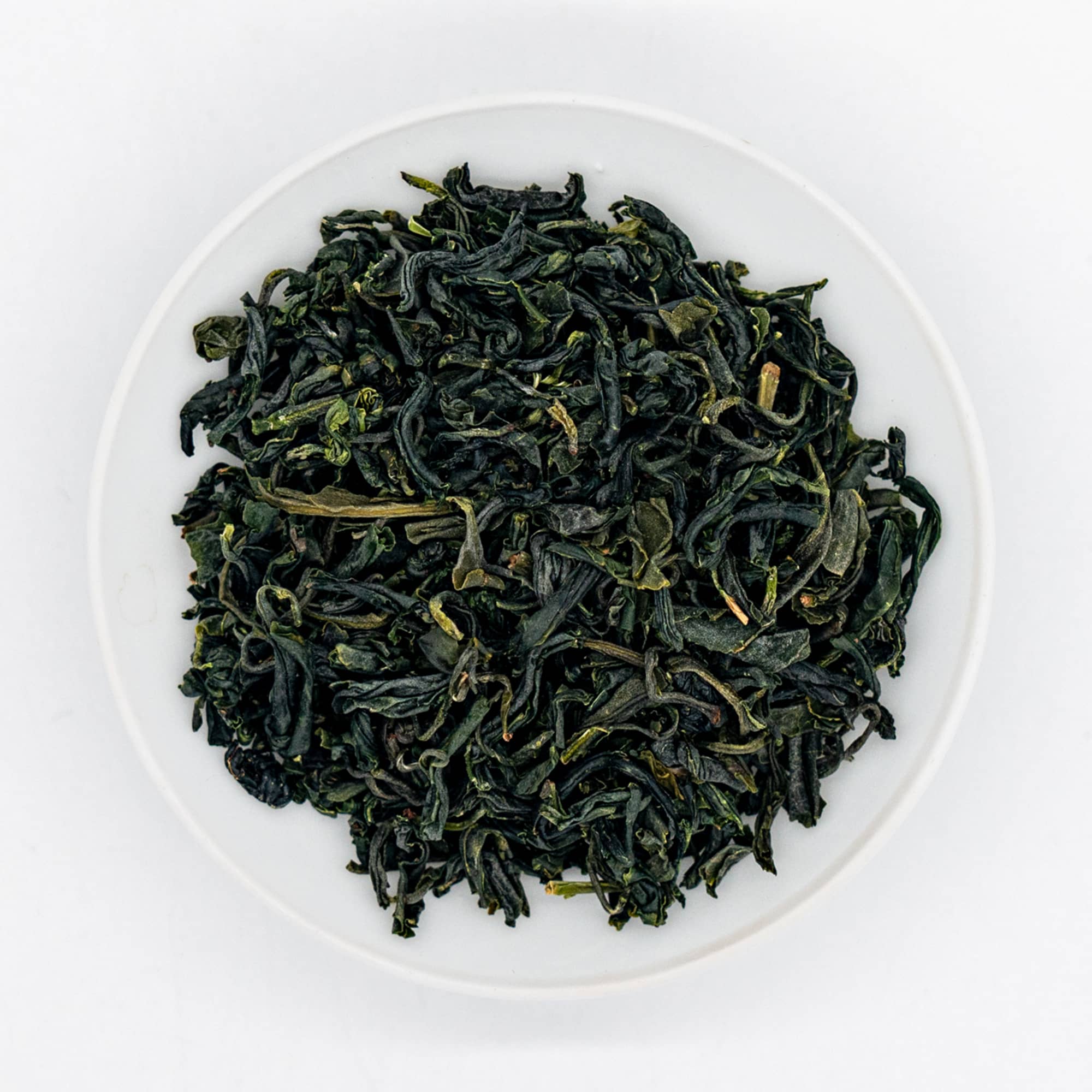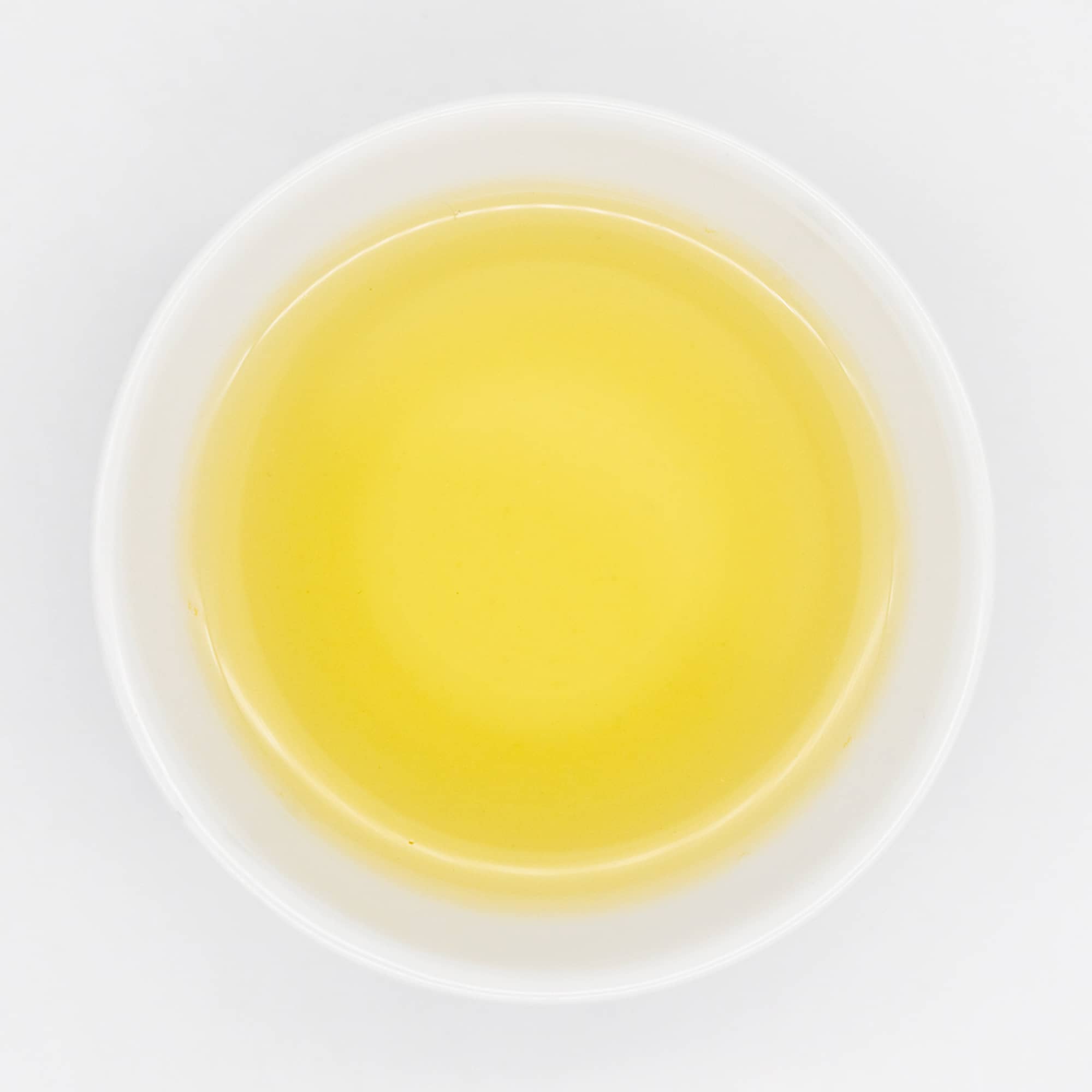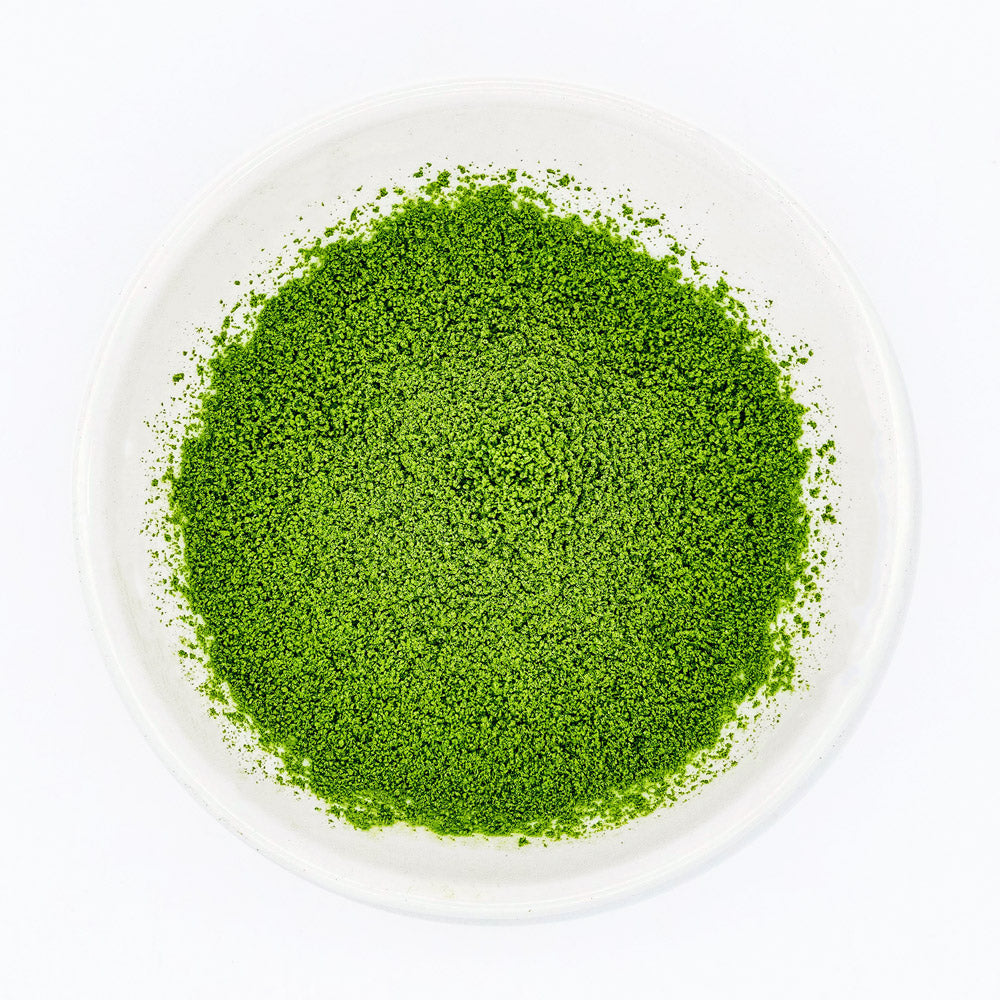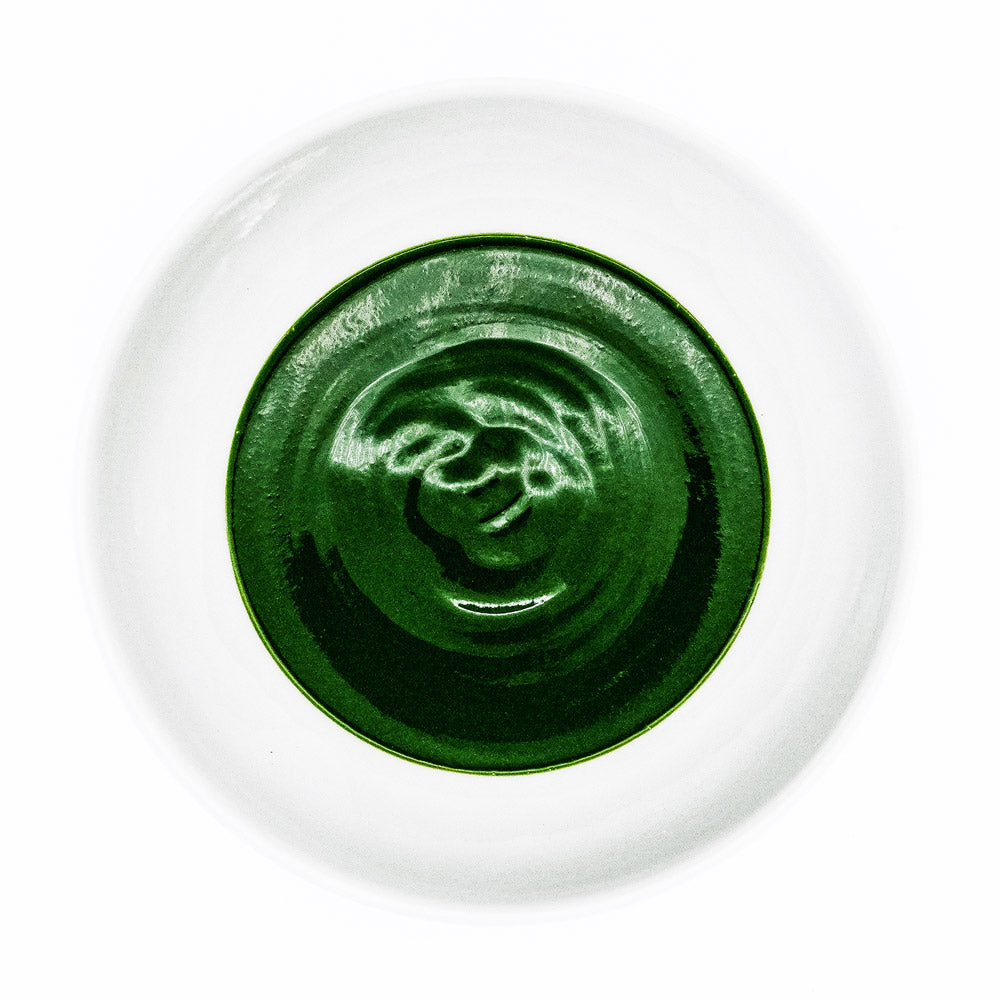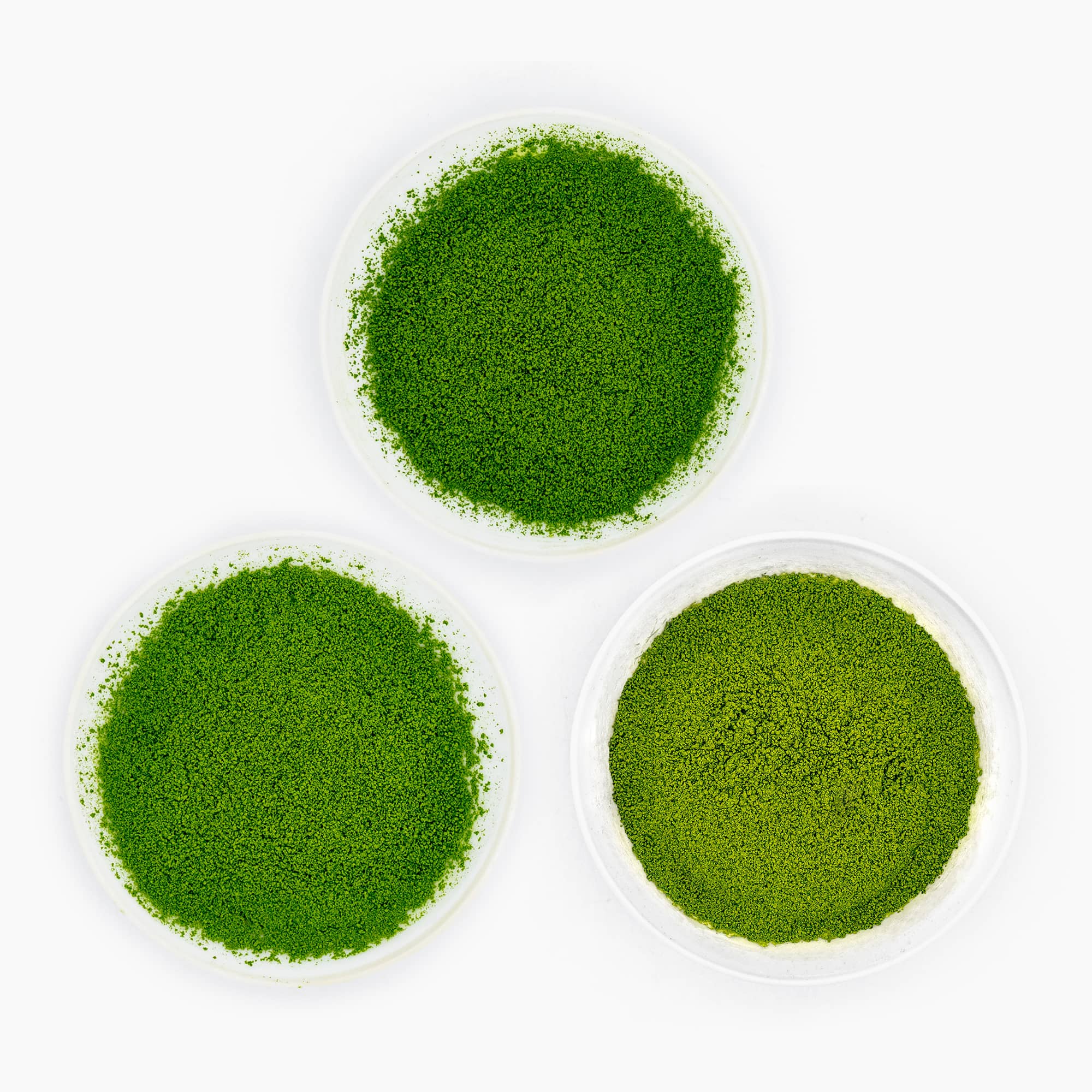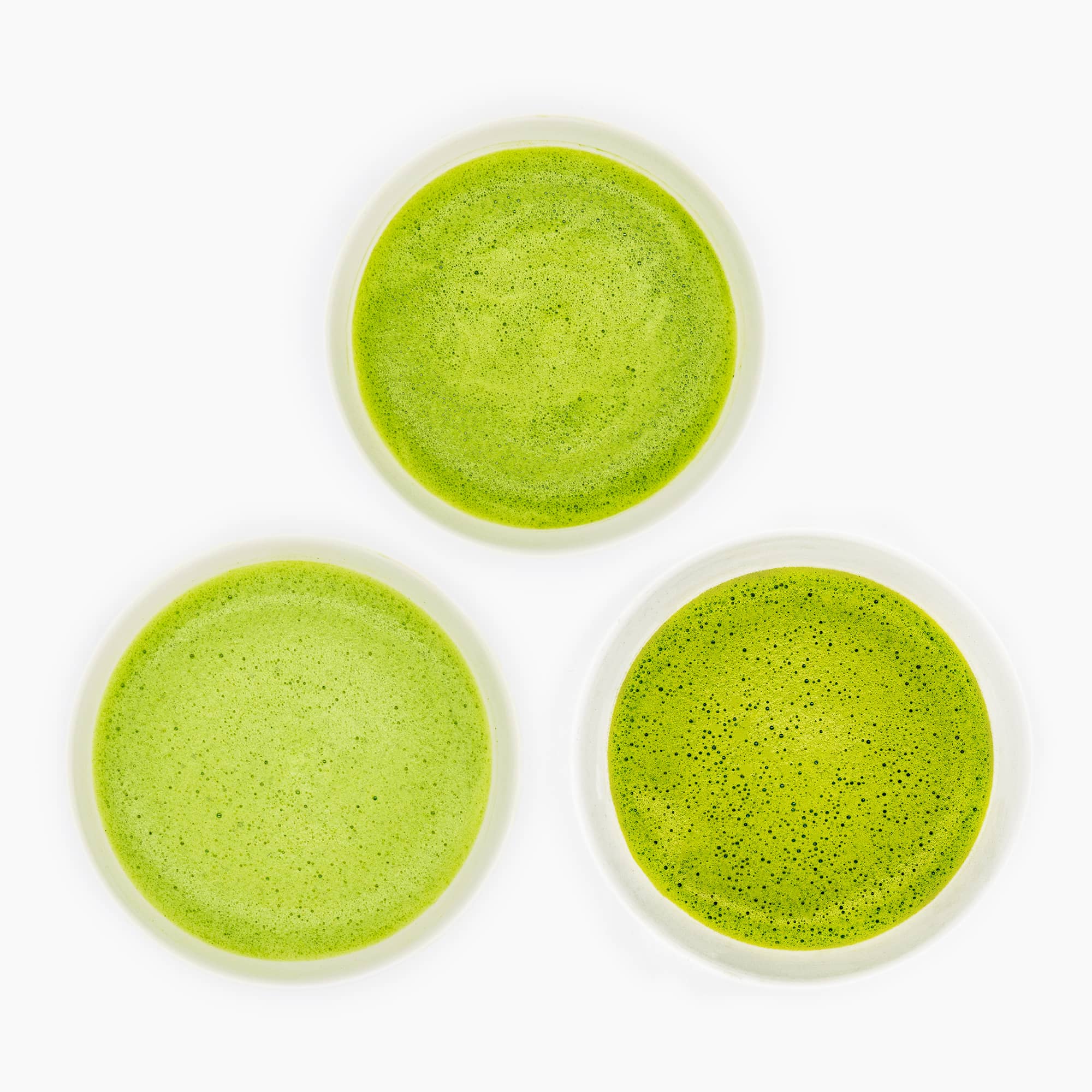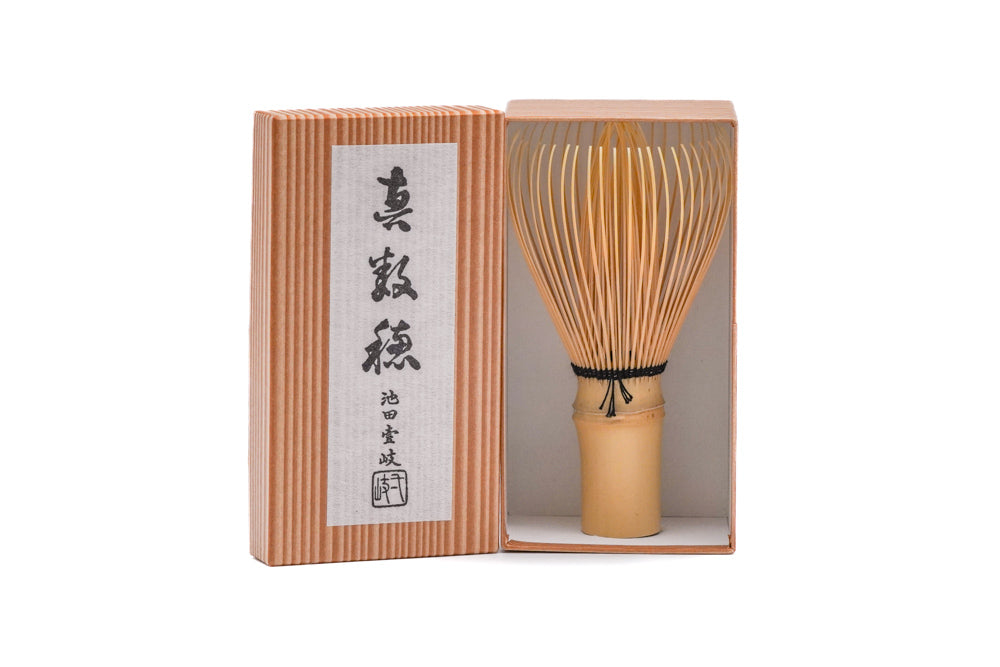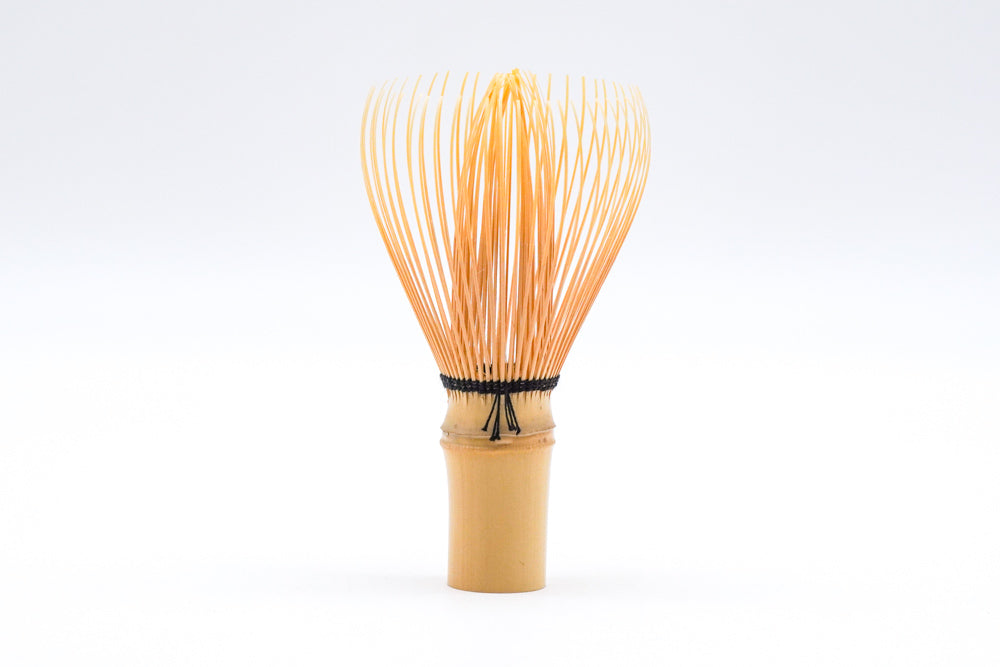An Introduction to Japanese Incense

One of Japan's oldest and most culturally pervasive arts is the crafting and appreciation of incense. Used in temples, tea ceremonies, incense ceremonies, and of course, casually, the timeless fragrances of sandalwood, aloeswood, and other aromatic herbs and spices have the power to calm, soothe, and transport.
In Japanese, the word for incense is kō (香), often with the honorific, ‘O’ as o-kō (お香・御香) to differentiate it from the general word for aroma or fragrance which uses the same character, kaori (香り). Incense arrived in Japan along with Buddhism in the 6th century where it is part of ritual practice. As with today, Japanese incense encompassed a wide variety of styles, ingredients and uses — a world into which we will begin to explore below.
Types of Incense
Japanese incense comes in a variety of form factors, these being the most common:
Senkō (線香 - incense sticks)

Easily the most recognisable type of incense, incense sticks consist of powdered aromatic woods, spices, herbs, and oils, mixed with a binder (makkō - 抹香) and extruded into sticks, or pressed into cones. These are then lit and extinguished, allowing the ingredients to smoulder rather than burn with an open flame. This style is relatively new, dating from the 16th century.
Incense sticks from Japan are always made without a wooden core, unlike some other styles from South Asia where a wooden or bamboo stick is used as the central support for the aromatic materials. As such, Japanese incense sticks tend to be softer than styles from other regions. Here's a sample set to try out a variety of aromas.
Nerikō (練香 - kneaded incense)

Sometimes called takimono (薫物) kneaded incense is made by mixing powdered aromatic ingredients honey or ume plum flesh as a binder, to form a kind of incense dough. This is then cut and rolled into balls the size of peas, and often aged. These balls are then placed on top of ash in an incense censer (kōro - 香炉) and heated in using the sora-daki technique (see below). This style of incense was popularised in the 8th century and mentioned in the Tale of Genji. In this time, it was popular for nobles to use it to perfume their clothes, with everyone having their own personalised scent. Today, nerikō is regularly used in the tea ceremony, where it is placed in the charcoal hearth in the winter time to perfume the space and set an ambience in the tea room. For those new to nerikō, try Yamadamatsu's formulation of Umegaka, a classic nerikō recipe.
Kōboku (香木 - aromatic woods)

Kōboku are the raw and pure form of aloeswood (沈香 - jinkō) and sandalwood (白檀 - byakudan) and as such are the highest possible quality, as no oils, binders, or other ingredients can be used to mask or shape the natural aroma of the wood. While kōboku can refer to whole logs or branches of these woods, for use, they are generally sold as chips or cut to small squares or slivers, and gently heated over charcoal and ash, as done in the incense ceremony (香道 - kōdō). High-grade kōboku are not typically used to perfume a space, but are rather enjoyed intently and with focus, using the monkō technique (see below), though they can also be enjoyed more casually using the sora-daki technique. In the tea ceremony, kōboku is placed in the charcoal brazier during the warmer months, instead of nerikō.
Inkō (印香 - pressed incense)

Aromatic ingredients pressed into shapes, plain or decorative (often without using binders) and dried. These are generally heated like nerikō, but some can be burned directly. The set pictured above contains a different shape and aroma for each month.
Zukō (塗⾹ - powdered incense)
Powdered aromatic ingredients applied to the body.
Shōkō (焼⾹ - granulated incense)
Granulated aromatic ingredients (not as fine as powder, more like table salt size) burned directly on charcoal.
How to Burn Incense
Direct Burning - For incense sticks and some inkō
This is as simple as it gets. Hold the tip of the incense in a flame (or electric lighter arc) until it catches fire, then extinguish the flame, allowing the incense to smoulder.

Where do I put it?
There are many options when it comes to incense stick holders, from simple stands, to stands with catch plates for the falling ash.

As incense addicts, our personally preferred method is to use a censer or other ash bowl, filled with a neutral incense ash, and to press the stick into the ash. This method has two main benefits: the ash allows the incense to burn all the way through, without leaving an unburned stub; and it catches the falling ash from the burning stick.

After a while, the original odourless incense ash will obtain an aroma from the buildup of spent incense, which means it is time to refresh or replace the ash.
Sora-daki (空薫)
This is the traditional method of heating incense over charcoal to perfume a space, wardrobe, or room. Compared to direct burning, this method requires more tools, time, and preparation, but it allows you to ‘graduate’ from incense sticks and explore the world of nerikō and raw aromatics.
For sora-daki, you will need:
- Incense censer or other ash bowl
- Incense ash (preferably fresh, or just lightly used)
- Japanese incense charcoal - these are specially made to be as odourless as possible and easy to light
- Metal chopsticks or tweezers
- Nerikō or inkō incense

- First, add ash to the censer and stir it using the chopsticks so that it is fluffy and aerated
- Holding the charcoal with metal chopsticks or tweezers, light it (a lighter will do the trick) and fan/blow on it to encourage it to burn evenly
- Gently place the lit coal on the ash so that it is half submerged
- When the ashes are warm, use metal chopsticks or tweezers to gently place the nerikō or inkō on top of the ash next to, but not touching the charcoal
- The heat from the coal and ash will begin to volatilize the aromatics in the incense, allowing the aroma to spread. It can take a while for the ash to heat up sufficiently, so patience is a must
- If time has passed and there is still no aroma, move the incense closer to the coal. If the incense is letting off a lot of smoke or is burning directly, move it further away from the charcoal
- When spent, remove the used incense and allow the coal to burn out before stirring its ashes into the rest of the ashes to cool it down

While kōboku woods can also be heated this way, the heat can be too strong to appreciate their nuances and subtleties, especially aloeswood. As such, we recommend using the monkō technique for these precious woods. However, a common practice is to heat ‘spent’ kōboku (that is, kōboku that have already been used in monkō) sora-daki style or even directly on the coal. Sandalwood is a little less delicate and could be enjoyed sora-daki style, if one chooses.
Monkō (聞香)
This is the traditional method used in the incense ceremony (香道 - kōdō) to heat aromatic woods in order to ‘listen’ to them and appreciate their subtleties and nuances. As such, it is the most complex and time-consuming of these three incense techniques and will take some practice to perfect.
For monkō, you will need:

- Incense censer, preferably a kiki-gōro
- Fresh incense ash (can be reused between monkō sessions, but used ash from sora-daki or incense stick burning will be too odorous for the delicate aromas of kōboku)
- Ginyō (銀葉 - mica plate)
- Ginyō-basami (mica tweezers)
- Hai-osae (ash press)
- Hibashi (metal chopsticks)
- Incense charcoal
- Aloeswood or sandalwood chips
- First, as with sora-daki add ash to the censer and stir it so that it is fluffy and aerated. Make a hole in the centre of the ash roughly the size of the charcoal
- Holding the charcoal with metal chopsticks or tweezers, light it (a lighter will do the trick) and fan/blow on it to encourage it to burn evenly
- Gently place the lit coal in the hole in the ash so that the top is in level with the surface of the ash

- Using the chopsticks, bring ash from around the coal on top of it, forming a mound. It is easiest to rotate the censer using one hand, and scoop ash with the other
- Gently lower the ash press on the mound at an angle to flatten and even the mound. Rotate the censer slightly and press again, using very little force, barely more than the weight of the tool itself. Again, it is easiest to hold the ash press in one hand and rotate the censer with the other. Repeat until an even cone is formed.

- Using a single chopstick, open a hole through the top of the cone down to the burning charcoal
- Using the ginyō-basami, place the mica plate gently on top of this cone, directly over the hole
- Place a small cut of aloeswood or sandalwood (roughly the size of a grain of rice) on the mica plate (alternatively, you can do this before placing the mica plate on the ash)

- The heat from the coal and ash will begin to volatilize the aromatics in the incense. If smoke begins to rise, the incense is too hot. To adjust this, move the mica plate off centre so it gets less direct heat from the coal. If there is not enough heat, push the plate down slightly using the ginyō-basami, making it closer to the coal
- As there is much less heat than with sora-daki, the aroma will not be as strong, and is not designed to fill the room. Instead, there is a special technique used to ‘listen’ to the incense.
- Hold the censer in the palm of your left hand. With your right hand, form a sort of flatted ‘O’ shape, touching your thumb to your index finger. Rest this hand on top of the censer so that your pinky is on the back rim, your fingers are directly over the incense, and the ‘O’ space between your thumb and index finger is facing you.

- To appreciate the incense, bend towards the censer and place your nose in the ‘O’ space in your right hand and inhale. Continue inhaling as you straighten your posture to fully appreciate the incense, before exhaling away from the censer and going back for seconds
- The censer is customarily passed around a few times so that all present can appreciate the evolving aroma
Electric Censer

A modern alternative to the traditional sora-daki and monkō techniques is the use of an electric incense heater or censer. There are many varieties on the market of varying quality and use case. Compared to many generic electric incense heaters, those made by established Japanese incense houses tend to be specially designed to mimic the sora-daki and monkō techniques. Our personal favourite is the Kioka heater produced by Yamadamatsu which is roughly the same size and shape as a traditional kiki-gōro and has three levels of coarse heat adjustment with further fine tuning abilities to dial in on the perfect heating temperature for different types of incenses.

If all of this seems incredibly intimidating, don't worry, it all smells great! For something simple, start with an incense stick sample set to find out what kind of scents you like. If you're ready to try more, experiment with ash and charcoal to tap into the deep and rich world of raw aromatics.
